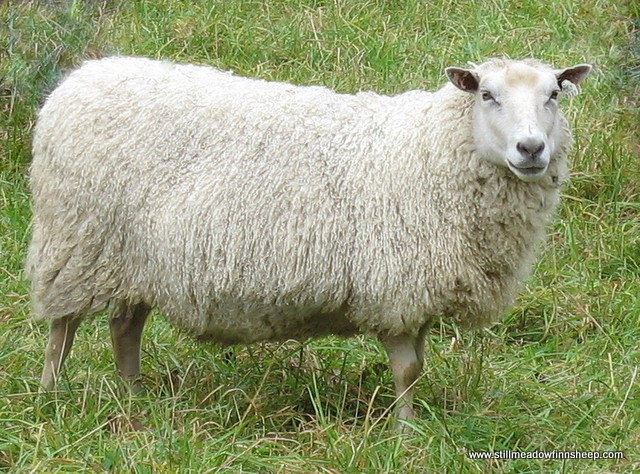Type the name of the breed you're looking for below
[wpdreams_ajaxsearchlite] Don't see the breed your're looking for? Click here and let us know!
Finnsheep
| Place of Origin | Finland |
| Origin | The Finnish Landrace or Finnsheep is a breed of domestic sheep which has a high incidence of multiple births – it is common for a ewe to have three, four, or even five lambs at once. In North America, several instances of births of seven lambs have occurred, and the record in Finland is nine live lambs. The lambs are often small, but are vigorous at birth and grow well. The lambs mature early and can be mated at six months of age. Ewes commonly breed out of season and some may lamb twice in a year. The breed belongs to the group of Northern European short-tailed sheep, which also includes Shetland, Icelandic, Romanov, Spaelsau, and several other breeds. The Finnsheep is often used in crossbreeding programs to increase lambing percentage, and Finnsheep blood is found in many of the newer breeds. In the USA, the breed is promoted by the US Finnsheep Breeders Association. Finnsheep were first imported to North America by the University of Manitoba, Canada in 1966. |
| Purpose | Meat |
| Characteristics | While there is a range of wool fineness across individual Finnsheep, the American Sheep Industry’s Wool Council ranks Finnsheep in the fine end of the medium wool category. The wool has a soft handle, a moderate crimp and a high luster. Finnsheep ewes and lambs in Finland Finnsheep have a similar range of fleece colours to that of Shetland and Icelandic sheep. White is genetically dominant and the most common colour. Black and black/white piebald (spotted) sheep are also fairly common, while brown, grey and fawn Finnsheep are very scarce in the USA. Markings such as white stockings, tail tips, white crown or facial markings including the panda-like eyespot pattern, are common in coloured Finnsheep. Australian Finns are universally white; the wool has superior length, softness, better radius of curvature and reduced prickle factor. In Australia, wool quality and length have improved greatly to the extent that there are now sheep which can be shorn twice per year and whose advantageous wool characteristics have been extensively incorporated into the Merino flock. |
| Other Considerations | The breed was brought to Australia in two main importations: by the University of NSW in 1981 and by the Australian Texel Corporation in 1993. Considerable improvements to the breed have been undertaken since to suit them better to Australian conditions. Lamb size and survival rates have increased. Typical litter sizes are three or four lambs. Better mothering, milking ability and hardiness in paddock conditions are paramount. The breed has been used extensively for crossbreeding to produce sheep with various desirable characteristics, but particularly leanness, better wool production and improved fertility and fecundity (more lambs) and excellent "doing" ability. An important feature of Finnsheep is their thin, wrinkle-free skin and bare breech. This means Finn-cross sheep are much less susceptible to flystrike than Merinos and do not require mulesing, a contentious operation intended to reduce the incidence of flystrike. Their skins produce more better-quality wool, as well as superior leather. Australian Finns (and particularly Finn crosses) are extraordinarily lean and have contributed greatly to an improvement in the leanness of first- and second-cross lambs. They are also more resistant to worms than many other breeds, and to a range of other problems such as pregnancy toxaemia (twin lamb disease), coccidiosis, and facial eczema. The most common cross in Australia is the Finn-Merino. Many breeders have achieved lamb survival rates over 180% and twice a year shearing of high quality wool from large flocks (1,000 + sheep per flock) of this cross. Other numerically important crosses include Finn-Dorsets and Finn-Texels. The breed is having a significant effect on lifting the average productivity of Australia's flock. |



